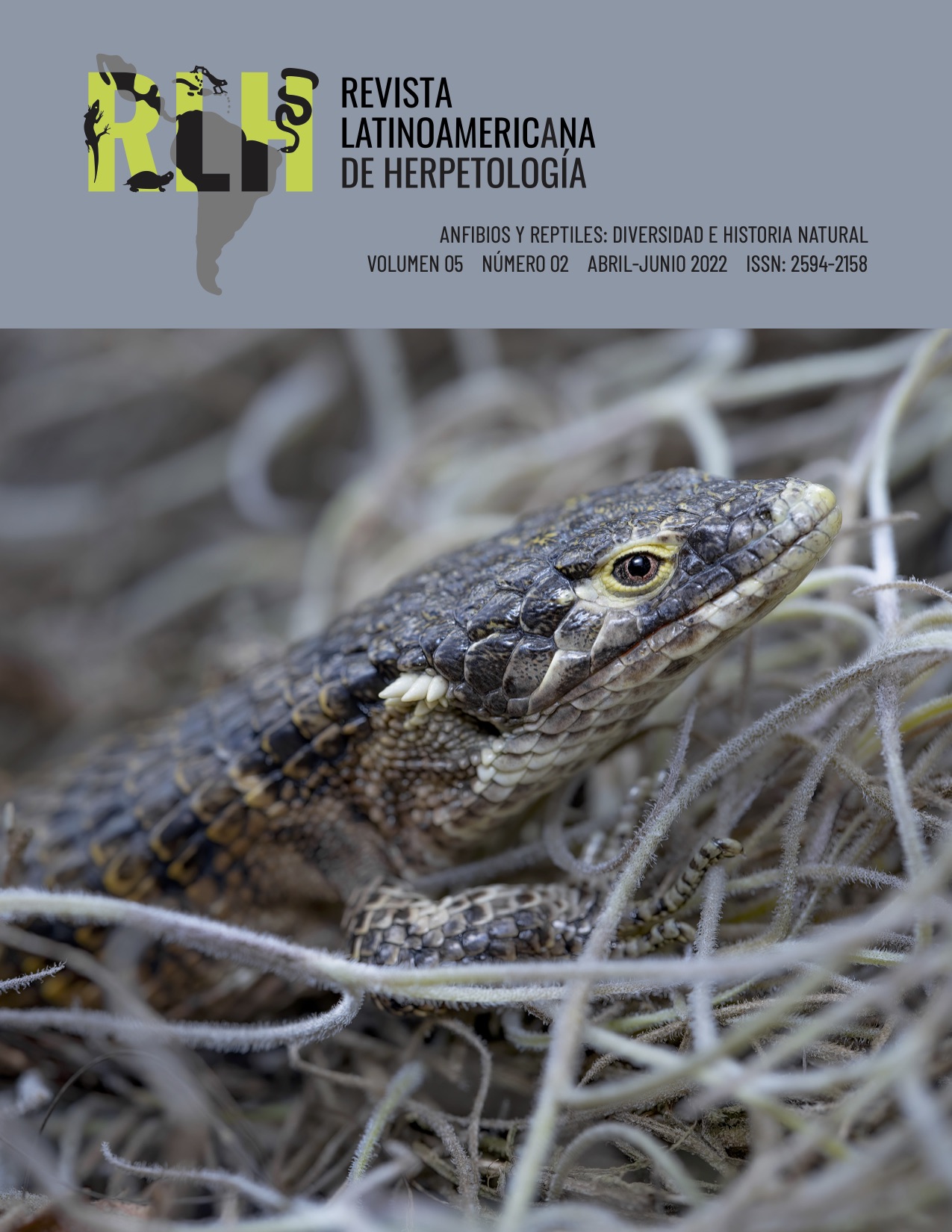MARINE TURTLE PETROGLYPH AT THE LA CONTADURÍA HILL IN SAN BLAS, NAYARIT
DOI:
https://doi.org/10.22201/fc.25942158e.2022.2.452Keywords:
rock art, Lepidochelys olivacea, Mexico, zoomorphAbstract
Petroglyphs are rock carvings made by pecking directly on the rock surface. In 1974, the archaeologist Joseph B. Mountjoy published his work on the petroglyphs in the San Blas, Nayarit, area of West Mexico. He included 166 petroglyphs (most of the petroglyphs can be attributed to the Santa Cruz complex occupation, the latest pre-Conquest cultural development in the area: 900 to 1530 A.D.), one of which corresponded to the realistic representation of a sea turtle. In this note, the morphological characteristics of the petroglyph are described. Probably, the image represents a swimming male Olive Ridley Sea Turtle Lepidochelys olivacea. Although it would be logical to interpret this petroglyph as evidence that such turtles were used locally for food in prehispanic times, or that it had some mythological significance for the indigenous people, its importance seems principally to be the curious fact that it is the only known petroglyphic representation of a sea turtle registered along the coast of West Mexico.
Downloads
Published
How to Cite
Issue
Section
License
Copyright (c) 2022 Revista Latinoamericana de Herpetología

This work is licensed under a Creative Commons Attribution-NonCommercial-ShareAlike 4.0 International License.







